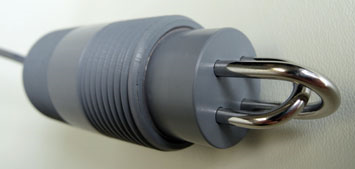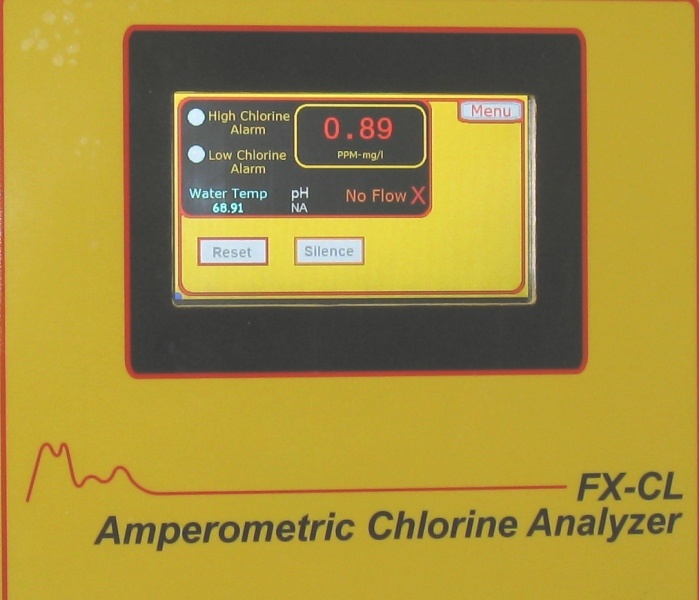Many think reagentless chlorine sensors are always the best tools for online monitoring and control of free or total chlorine residual.
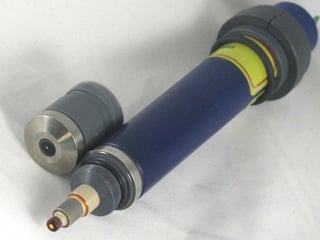 They have no moving parts and low consumables cost: just replace the electrolyte every 3-6 months and the membrane cap every year.
They have no moving parts and low consumables cost: just replace the electrolyte every 3-6 months and the membrane cap every year.
With no toxic reagents or buffer solutions, and low maintenance, chlorine sensors seem to be the perfect choice for any water system.
If your water does this to equipment, your "low maintenance" sensor will turn into a cost of ownership nightmare.
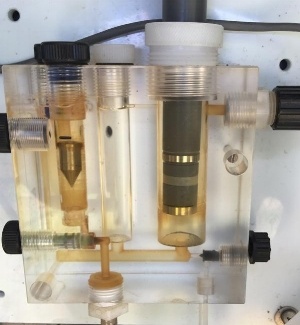
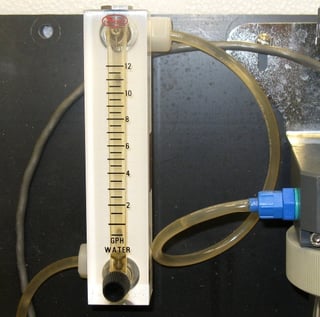
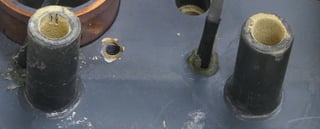
Untreated groundwater with elevated iron, solids or calcium levels clogs the micro porous membrane, preventing chlorine from reaching the electrode. In addition to fouling the electrodes, too much iron will prevent 3-electrode sensors from producing an output.
The sensor shown above needed membrane cleaning and electrolyte replacement every 3 days due to excessive iron levels, resulting in:
- Inability to use a new SCADA system to control chemical feed.
- Increased chlorine usage and cost.
- Higher direct labor maintenance cost, and less time to perform other tasks.
- Higher consumables cost.
There's a proper tool to do every job. As you wouldn't use a pipe wrench to replace a spark plug, you don't use a reagentless membrane sensor to measure chlorine in dirty water.
We define dirty water as containing any of the following and thereby being unsuitable for membrane covered chlorine sensors:
- Wastewater
- Potable water with iron, calcium, manganese, turbidity or total dissolved solids above US EPA Drinking Water Standards
- Hydrogen Sulfide
- Corrosion Inhibitors
To avoid selling you something that doesn't work, Foxcroft reviews your application first and recommends the better of two types of instruments that best suit your process.
Our bare electrode model FX-CLv2 excels in dirty or clean water; and our reagentless chlorine sensor models are for free or total chlorine in filtered, clean water.
Don't assume that the most heavily marketed product is always best for your application. We don't hesitate to recommend probe based systems, if there is a high probability it will work without undue attention and maintenance.




